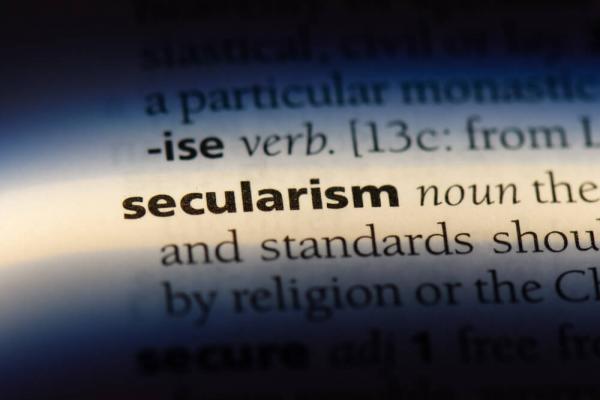Oct 2, 2018
Some years ago, I was supervising a focus group of nonreligious Latinxs. The topic of the focus group was politics and religion. As the discussion progressed, someone meekly mentioned that they were not religious, apparently expecting the judgment of their fellow group members. But they were not judged. One by one, fellow group members surprised each other as they admitted that they were also not religious. They were unaware that there were others like them. Their experiences have been ignored by their ethnic communities and society at large because they do not fit the stereotype of the pious Latinx. Nevertheless, it’s important for religious people and the broader public to understand this particular group.
Read the Full Article

Already a subscriber? Login
